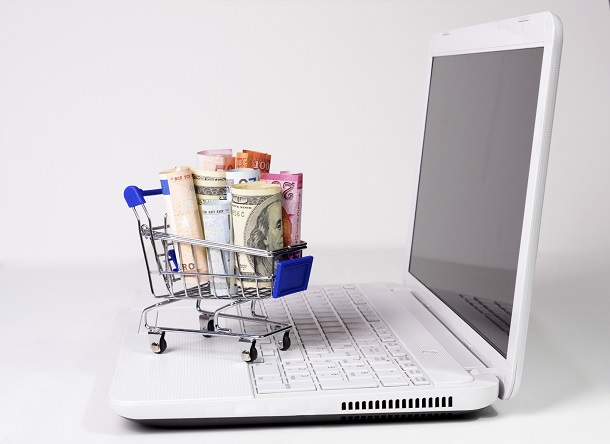For many consumers, spotting a shoe they want in a magazine, on a billboard or somebody’s feet can be exciting. But each step to buying a pair, from driving to the store to finding parking and the right size in stock, and then waiting to pay, can be a drag.
Enter Netshoes, an online sporting goods store. The São Paulo-based company launched a shoe-finding app in 2013 that enables users to snap a photo of shoes on a smartphone. The app locates the exact shoes and allows the user to buy a pair for shipping home with just one click.
This is the latest technology to hit Latin America as online retailers compete in a swelling e-commerce market against old-fashioned local and foreign retailers.
Adding new apps and beefing up technology “helps to generate acquisition traffic and more reengagement,” said Nico Berman, a partner at Kaszek Ventures, a venture capital firm with stakes in e-commerce sites in Latin America including Netshoes, comparison-shopping engine ComparaOnline and food ordering service PedidosYa. “When you see that the service is better and has better applications, you go back.”
This is reason enough for merchants to invest in e-commerce technology. Online sales are growing robustly as broadband connections spread, the middle class grows and more customers opt for easier shopping, lower prices and wider product selection than can be crammed into a shop.
Forrester Research estimates that online retail revenues in Argentina, Brazil and Mexico – the three largest markets in the region – will more than double from almost $20 billion in 2013 to $47 billion in 2018.
Competition is growing as steadily. Online retailers like MercadoLibre took the plunge first in the late 1990s. But the pace picked up in the late 2000s with the entry of traditional retailers, helping to bolster consumer confidence in shopping online.
Forrester Research estimates that online retail revenues in Argentina, Brazil and Mexico will more than double from almost $20 billion in 2013 to $47 billion in 2018
The fastest growth has been in Brazil, where leading retailers like Lojas Americanas have become fixtures. “Brazil’s traditional retailers realized early on that e-commerce was going to be a significant opportunity,” said Zia Wigder of Forrester Research. They rolled out platforms and gained market share even as global players held out of Latin America – or pulled out. French retailer Carrefour closed its online operations after a brief effort in Brazil. U.S.-based Amazon so far only sells e-books and apps in much of the region.
Others like the U.S. companies Staples and Wal-Mart are making a splash. “We see an enormous opportunity in Latin America,” said Juan Carlos García, vice president of e-commerce for Wal-Mart in Mexico and Central America.


Follow Us